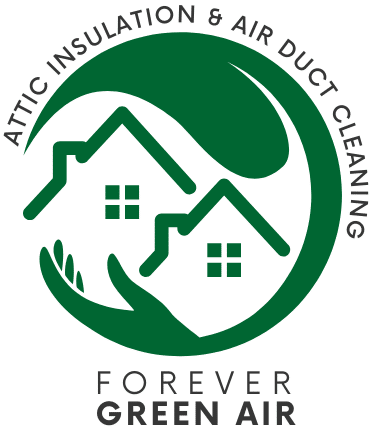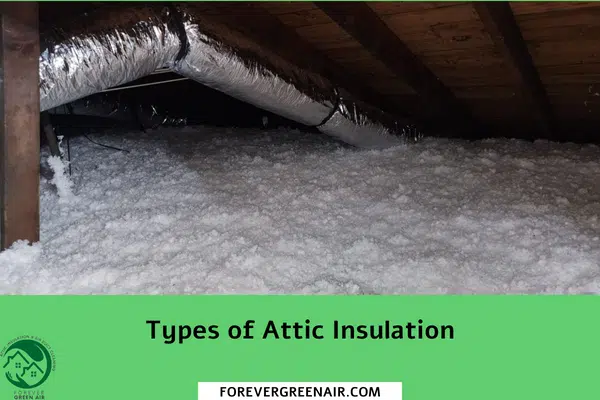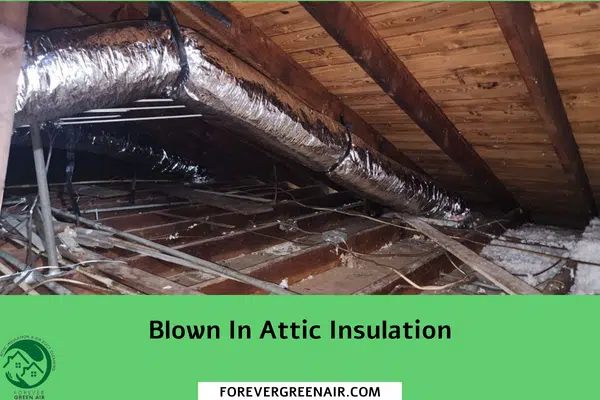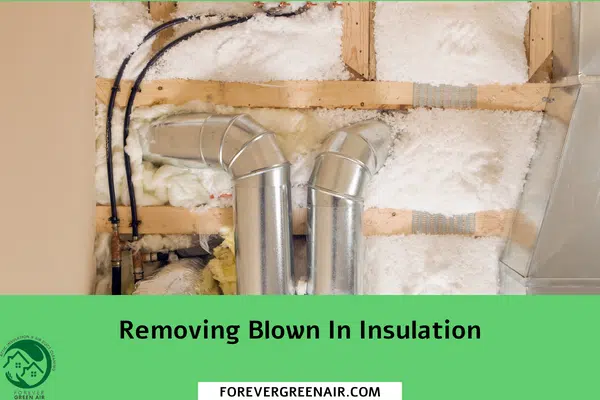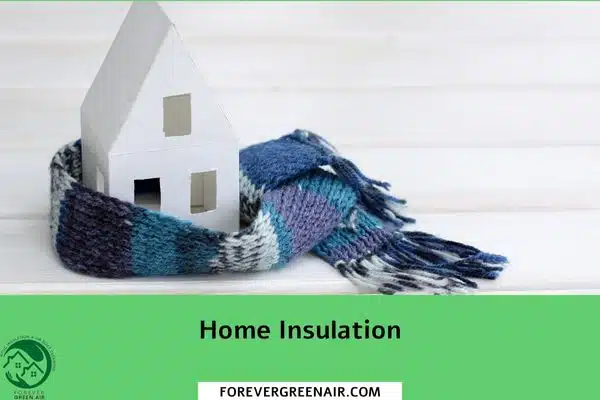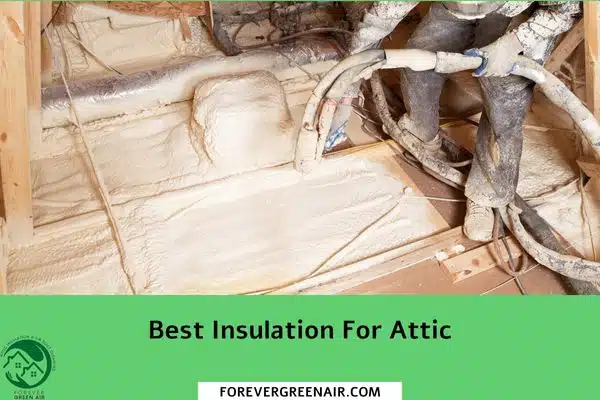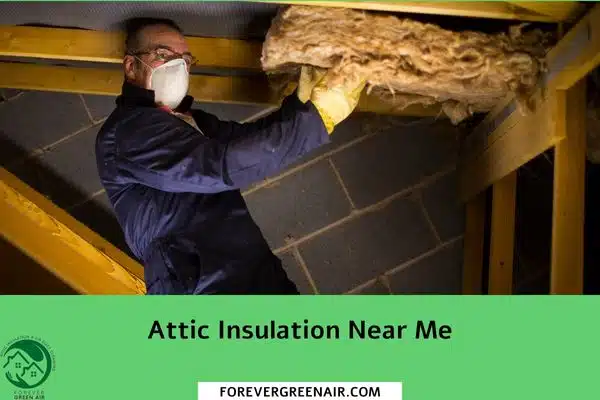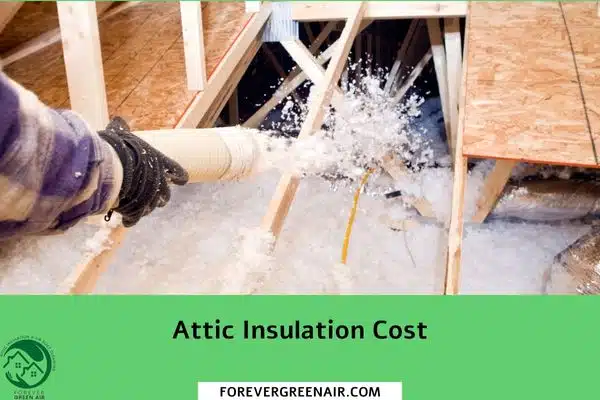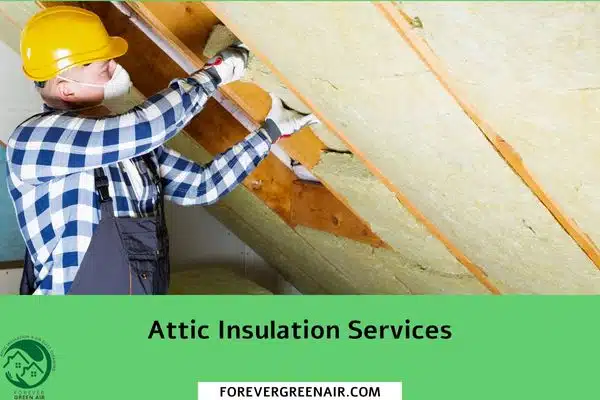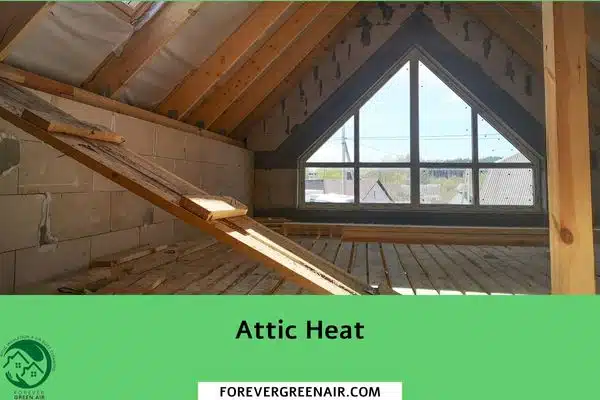Are you looking for ways to make your home more energy-efficient? One of the best places to start is with attic insulation. Upgrading or adding insulation to your attic can lead to a variety of benefits, from lower utility bills and improved comfort levels in your home, to better protection against moisture damage and heat loss.
But before you install on top of the old material, it’s important that you understand which type of insulation will work best for your specific project. In this blog post, we’ll provide an overview of the most popular types of attic insulation—including their pros and cons so you can determine which is right for your needs!
What is Attic Insulation and Why is it Important
Attic insulation is a vital component of any homeowner’s efforts to keep their home comfortable and energy-efficient. In simple terms, it involves adding a layer of insulating material to the floor of the attic, which helps to prevent heat from escaping through the roof and into the cold air outside.
This is important because it helps reduce your energy consumption, which is good not only for your wallet but also for the environment. Additionally, when it comes to the best insulation for attic, there are several options to choose from, including fiberglass, cellulose, and spray foam.
Each has its advantages and disadvantages, so it’s important to consult with a professional to determine which one is the best fit for your needs.
Contact Us
Different types of attic insulation and their benefits
When it comes to choosing the best insulation for your attic, there are several options available. One of the most commonly used types of insulation is fiberglass, which is made from spun glass fibers and provides an excellent barrier against heat transfer.
Another popular option is cellulose, which is made from recycled paper and treated with flame retardants. This type of insulation is great for densely packed areas and can help to reduce noise levels in your home. Spray foam insulation is another type of insulation that offers superior insulation properties and can be installed quickly and easily.
Ultimately, the best insulation for your attic will depend on your specific needs and the type of home you have.
Pros and Cons of Foam, Fiberglass, Cellulose, and Spray Insulation
When it comes to insulating your attic, it’s important to weigh out the pros and cons of each material. Foam insulation is great for sealing air leaks and providing a moisture barrier, but it can be expensive.
Fiberglass insulation is budget-friendly and easy to install, but it’s not as effective at preventing air leakage. Cellulose insulation is eco-friendly and provides great soundproofing, but it can settle over time and lose its effectiveness.
Spray insulation is great for hard-to-reach areas and provides an excellent seal, but it can be messy and requires a professional installation. There’s no one-size-fits-all answer for the best insulation for your attic; it depends on your individual needs and budget.
Questions to Ask Before Hiring an Insulation Contractor
Before hiring an insulation contractor for your attic, it’s important to ask the right questions to ensure that you’re choosing the best fit for the job. First, inquire about their experience in working specifically with attic insulation and what type of insulation they believe is the best for the job at hand.
Additionally, ask for references and pictures of previous work to ensure the quality of their workmanship. Don’t forget to ask about their insulation removal process and the precautions taken to avoid any damage to your property. Ultimately, finding the right insulation contractor can make a significant impact on your home’s energy efficiency and comfort.
Tips for DIY Attic Insulation Projects
When it comes to DIY attic insulation projects, one of the most important factors is choosing the right type of insulation for your space. While there are a variety of options on the market, each with their own benefits and drawbacks, the best insulation for attics tends to be either fiberglass batts or blown-in cellulose.
Fiberglass batts are easy to work with and provide good thermal performance, while blown-in cellulose is great for filling in small gaps and providing better sound insulation. Ultimately, the choice of insulation will depend on your budget, the climate in your area, and the size and design of your attic space.
With the right type of insulation and proper installation techniques, you can improve the energy efficiency of your home and save on heating and cooling costs for years to come.
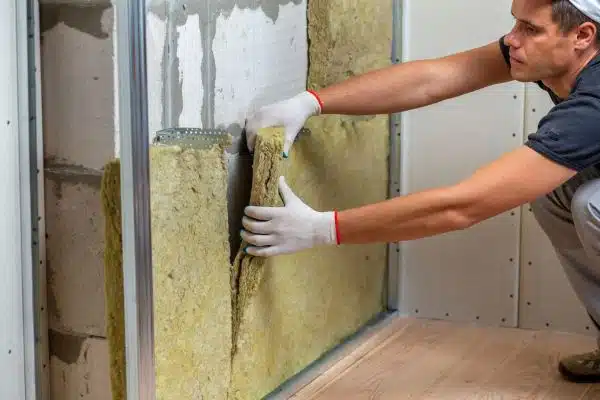
Best Practices When Installing or Replacing Attic Insulation
Installing or replacing attic insulation can make a significant difference in maintaining a comfortable temperature in your home while reducing energy costs. But with so many types of insulation available, choosing the best insulation for your attic can be overwhelming.
One of the best practices is to properly assess your attic’s needs and choose insulation with an appropriate R-value. Other important considerations include selecting insulation that’s easy to install and free from any harmful substances.
Ensuring proper airflow and ventilation is also key to maintaining the integrity of your insulation. Investing in the best insulation for your attic can offer long-term benefits for you and your family.
How Long Does it Last and Should You Upgrade or Replace it Regularly
The best insulation for your attic is essential for maintaining a comfortable and energy-efficient home. However, insulation doesn’t last forever, and it’s important to know when to upgrade or replace it regularly. The lifespan of insulation can vary based on factors like the type of material used and the quality of the installation.
Some may last up to fifty years, while others may need to be replaced after only ten years. Planning regular inspections and upgrades can help you stay on top of your home’s insulation needs and save money in the long run.
Upgrading insulation is a great way to ensure your home is airtight and energy efficient, but knowing when to do so is crucial to maintaining a comfortable living environment.
Attic insulation is one of the most important steps you can take to improve your home’s energy efficiency. With a variety of insulation materials and installation methods available, it’s easy to find an option that meets your needs and budget.
Whether you hire a professional or complete a DIY project, there are best practices in place to ensure quality installation with the right materials for your home.
Asking questions, understanding the pros and cons of each material, and taking into account how long insulation lasts before considering upgrades or replacements are all important elements of making an informed decision about attic insulation.
The benefits attic insulation has for comfort level, health, safety, energy savings—as well as environmental sustainability—make it an essential upgrade for any homeowner’s property. So don’t wait another minute—take the first step now towards improving your home today by researching and implementing attic insulation!
